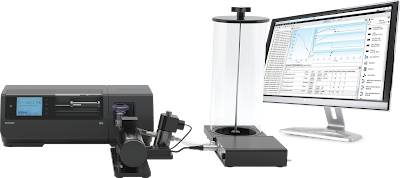When working with obese mice, what weight should be used when performing flexiVent measurements?
Second, when working with the flexiVent system, the body weight of the subject is used to scale the amplitude of volume-controlled ventilation patterns and perturbations, such as the Snapshot-150 or the Quick Prime-3. In obese animals, the increase in body weight is not proportional to the subject’s lung size, so sending in a larger volume can have adverse effects on the subject’s lungs.
A recent study performed by Dr. Guivarchis et al.1, highlights the harmful effects of ventilating obese subjects with a tidal volume based on actual weight vs ideal weight using the flexiVent system. In this study, the effects of two hours of mechanical ventilation in a diet-induced obese mice model, with tidal volume calculated on either the actual body weight or the ideal body weight (based on the mean weight of control mice) were demonstrated. Their findings indicate that in comparison to lean control subjects, mechanically ventilating obese subjects with a tidal volume based on actual body weight is harmful.
They observed a noticeable variation in lung mechanics and associated lung inflammation in obese mice ventilated with a tidal volume based on actual body weight. In contrast, obese mice ventilated with a tidal volume calculated using the ideal body weight had lung mechanics and inflammation parameters close to the lean control group.
Therefore, when studies involve the assessment of obese mice, SCIREQ recommends entering the average weight of the lean control group rather than using the actual weight of the obese subjects.
1Guivarch et al. Pulmonary Effects of Adjusting Tidal Volume to Actual or Ideal Body Weight in Ventilated Obese Mice. Sci Rep. 2018 Apr 24;8(1):6439. doi: 10.1038/s41598-018-24615-5.



